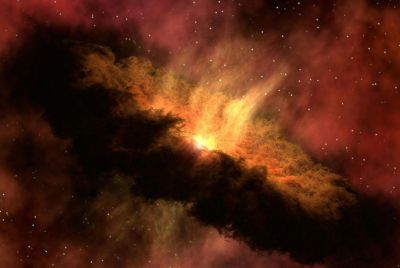NASA Seeks Proposal for Small Satellite Demonstrations
NASA officials are seeking a proposal for flight demonstration of the Edison Small Satellite Demonstration Program's technology. The proposal for capability demonstration of the small satellites should be completed within three years, at a total cost of no more than $15 million. The proposal should be submitted by March 4.
Small satellites are secondary payloads on rockets carrying larger spacecraft; these weigh less than 400 pounds. As a result of their size, they are less expensive to build and launch. The major advantage with these satellites is that they should be able to accomplish mission goals deemed impossible until now.
"NASA's Edison SmallSat program helps to continue America's leadership in space through the further development of this class of satellites -- small, agile and relatively inexpensive spacecraft that could perform many tasks in space enabling new missions and providing unique educational opportunities," said Michael Gazarik, Director of NASA's Space Technology Program in Washington. "These spacecraft represent a new opportunity among the many ways that NASA can approach its diverse goals in science, exploration and education," he added.
"Encouraging the growth of small-spacecraft technology also benefits our economy," said Andrew Petro, program executive at NASA Headquarters, adding, "Many of the technologies that enable small spacecraft come from the world of small business, where commercial practices provide innovative and cost-effective solutions. Those technologies will continue to advance as demand and competition drive companies to excel."
© Copyright IBTimes 2025. All rights reserved.



















